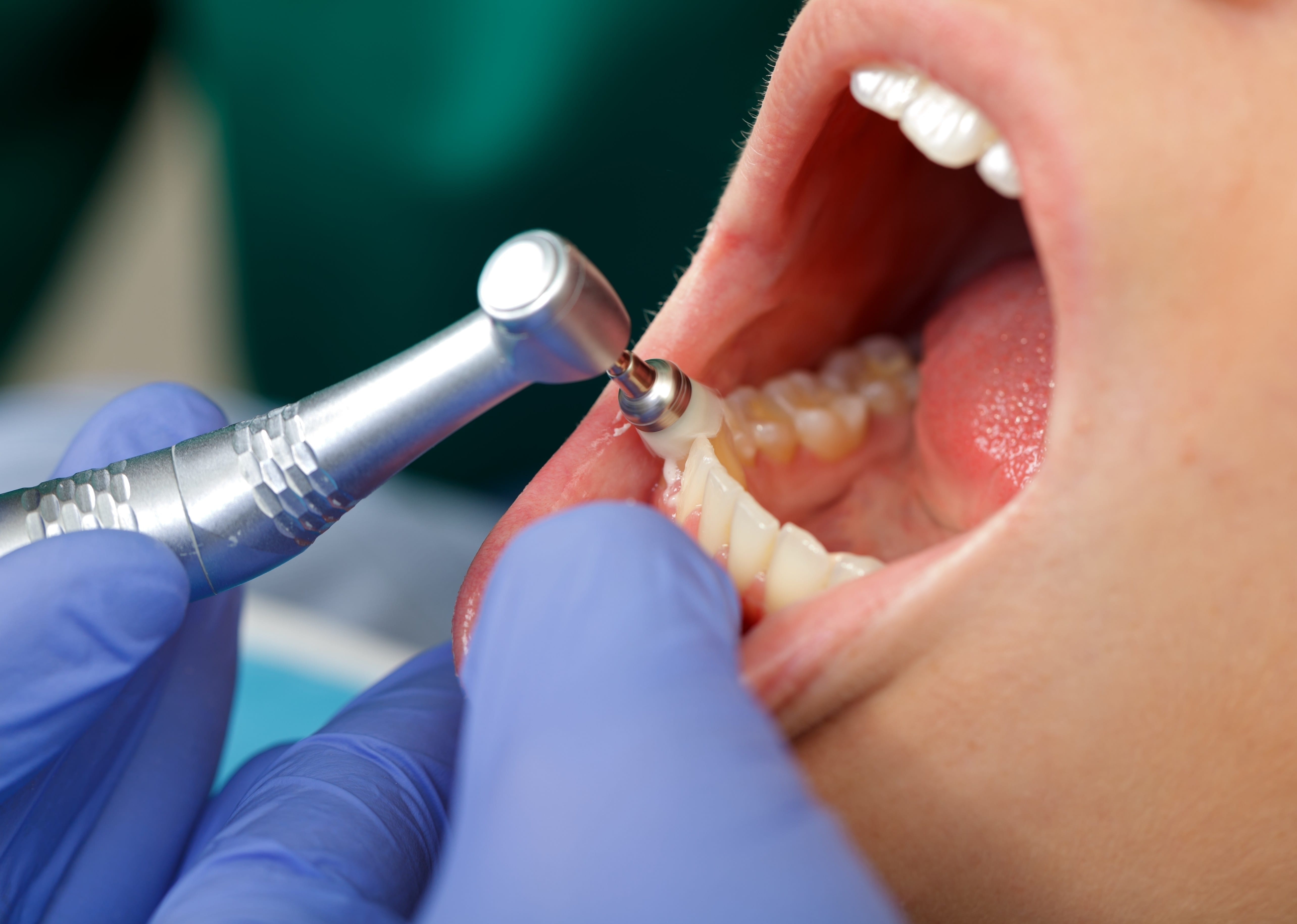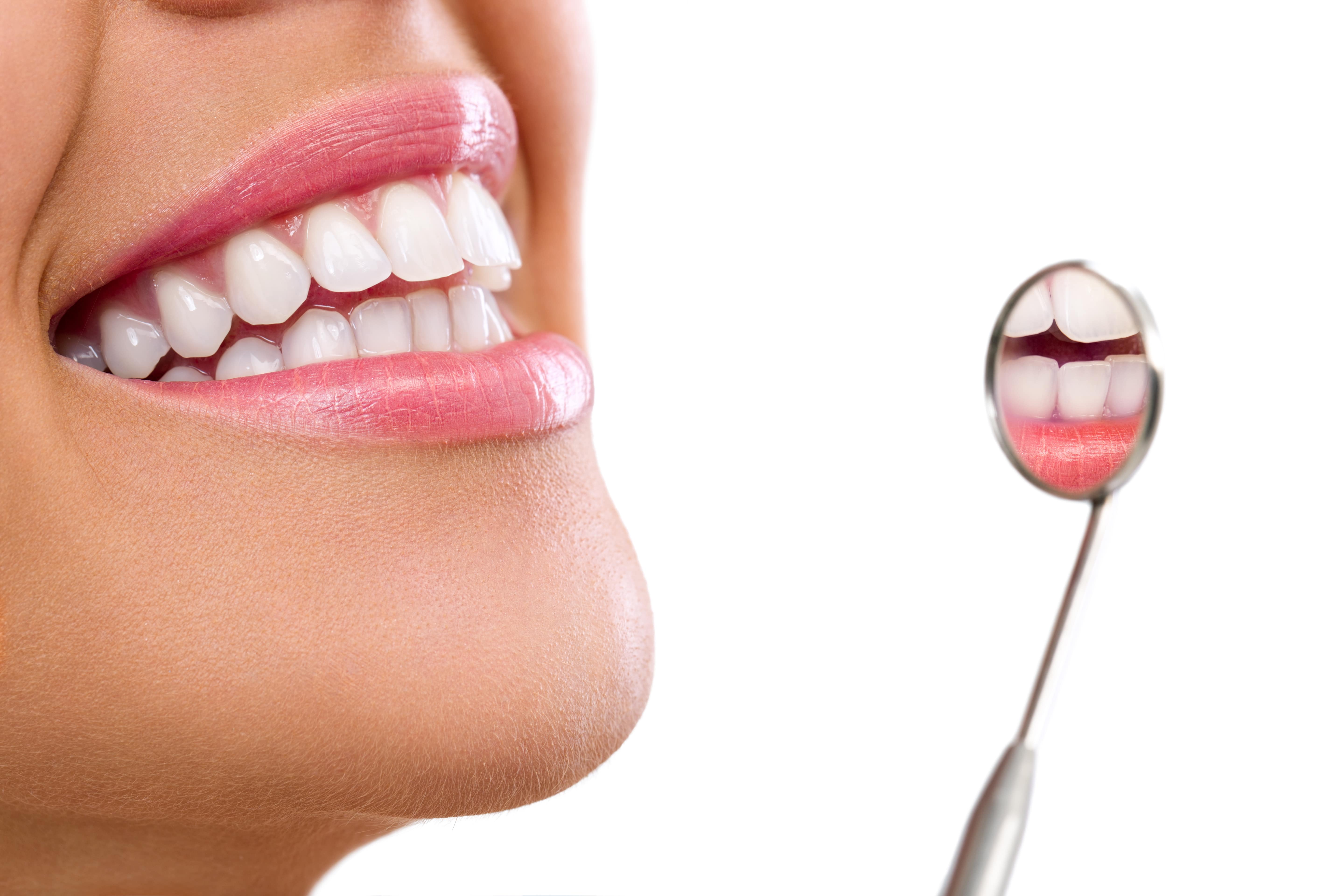It’s funny how we use our mouths to chew, swallow, speak, breathe, kiss, and much more, and yet they’re the last things on our minds when we consider our health. Your teeth and gums are every bit as important to your health as any other part of your body.
Your body is like a well-oiled machine when it’s working properly, and then it’s like a sinking ship when it’s not, so how can we keep ourselves altogether healthy? Sure, it’s important to eat right and exercise, but have you thought about adding dental checkups to your annual maintenance?
One of the best ways you can help to ensure a long, healthy life is to take very good care of your gums and teeth, including seeing a dentist regularly to catch any problems early, or even before they occur.
What Happens During Your First Visit?
Before scheduling a dental appointment, be sure to check with your insurance company to see what your plan will cover. You will need to know how often you can get x-rays, polishing, scaling, and exams.
Your first dental exam will be a complete patient exam, where the dentist goes over your history, takes a panoramic x-ray of your mouth, and performs a cleaning.
Most panoramic x-rays are eligible for reimbursement every 2–3 years, depending on the plan. This is the same for complete patient exams. This first visit gives your dentist an idea of the condition of your teeth, and it also lets you know what to expect when visiting this dentist.
Once you have completed this first exam, you should then book your next appointment. This next one will be for maintenance purposes, making sure that nothing serious is going on in your mouth and that you are keeping your gums and teeth healthy. Your dentist should be able to identify any trouble spots, if there are any. He or she will then make recommendations about what to do.
Recall Visits
Your next preventative appointment will likely include another set of x-rays, but these are bitewings, and only show the molars. As molars are the most vulnerable to decay and cavities, it’s important that your dentist monitor them as time passes.
These are the most common treatments you will receive in a recall visit:
- A recall exam. The dentist looks at your teeth to see if there are any new cavities or anything else to watch for.
- Scaling. The hygienist will scrape tartar off your teeth and will assess your gums for tissue damage. Scaling is measured in 15-minute increments, called units. Your plan may have a maximum number of units you can use in a year.
- Polishing. The hygienist will then use an instrument to “brush” your teeth and finely polish them after scaling. Polishing is also limited to once every 6–9 months, depending on the plan and the age of the patient.

- Fluoride. This service is usually only covered for children. The hygienist will coat your teeth with fluoride to protect the enamel.
One appointment including most of these treatments can take up to an hour, and then you’re done for the next few months.
Why Do We Have Dental Checkups So Often?
A lot can happen to your teeth in nine months. Suppose you have a tiny crack in your tooth and your dentist notices it. He may suggest filling the tooth to prevent further damage, or he may decide that it’s too early to tell whether any intervention is required, and no treatment may be needed for a while. Recall exams are useful for these situations.
If your dentist can monitor your teeth more often, regular “wear and tear” can be minimal. If, however, you do not make a point to visit the dentist regularly, that tiny crack in your tooth could grow and you could be looking at hundreds of dollars’ worth of treatment.
Scaling and polishing are part of preventative dentistry. The whole point is to prevent your teeth from deteriorating. If your teeth are perfect, great—there’s nothing to worry about! But that doesn’t mean they’ll stay perfect forever.
It’s a fact of life that our bodies, including our teeth, break down over time. You can walk out of the dentist’s office fully confident that your teeth are perfect, but they certainly won’t stay that way indefinitely. The more you see your dentist, the less likely you will have big problems down the line.
Your dentist is there to make sure that your teeth and gums are healthy, but if all else fails, they are also there to fix the problem.
How Does Insurance Really Help?
First and foremost, dental insurance is there to help offset the cost of your oral care. A regular check-up can cost hundreds of dollars, but with insurance you would only be paying a portion of the total. It’s also a great way to keep track of how often you need to see a dentist. As most plans detail how often you can go, you can schedule your appointments according to what your plan dictates.
One thing to keep in mind is that your dental insurance plan will have a yearly maximum. Let’s say your plan pays up to $1000 per person every calendar year. It’s December and you have an appointment scheduled for several fillings. You ask your dental insurance provider how much of your yearly maximum you’ve used so far, and they let you know that you have $55.00 available.
That $55.00 will not be enough to cover your fillings. You have the choice to either reschedule the appointment to a date occurring after your plan maximum replenishes, or you can go ahead with the appointment and pay the remaining sum amount out of pocket. You cannot reclaim that amount against the following year’s maximum.
Be Proactive
Don’t wait for your next dental visit to start taking care of your teeth. Make sure you brush and floss at least twice a day, and try to avoid sugary foods. Vegetables and dairy products are great sources of calcium to help strengthen your teeth.
Your dental health is important to your overall health. You should see your dentist often and ask questions. If you are having any difficulties, they should be able to give you some advice. It’s up to you to make those appointments and to follow through with your dental care.
With proper care, you don’t have to say goodbye to your teeth when you get older. The goal should be to keep as many original, healthy teeth as possible. As long as you are diligent in keeping up with your dental care, you will be smiling brightly for many years to come!




